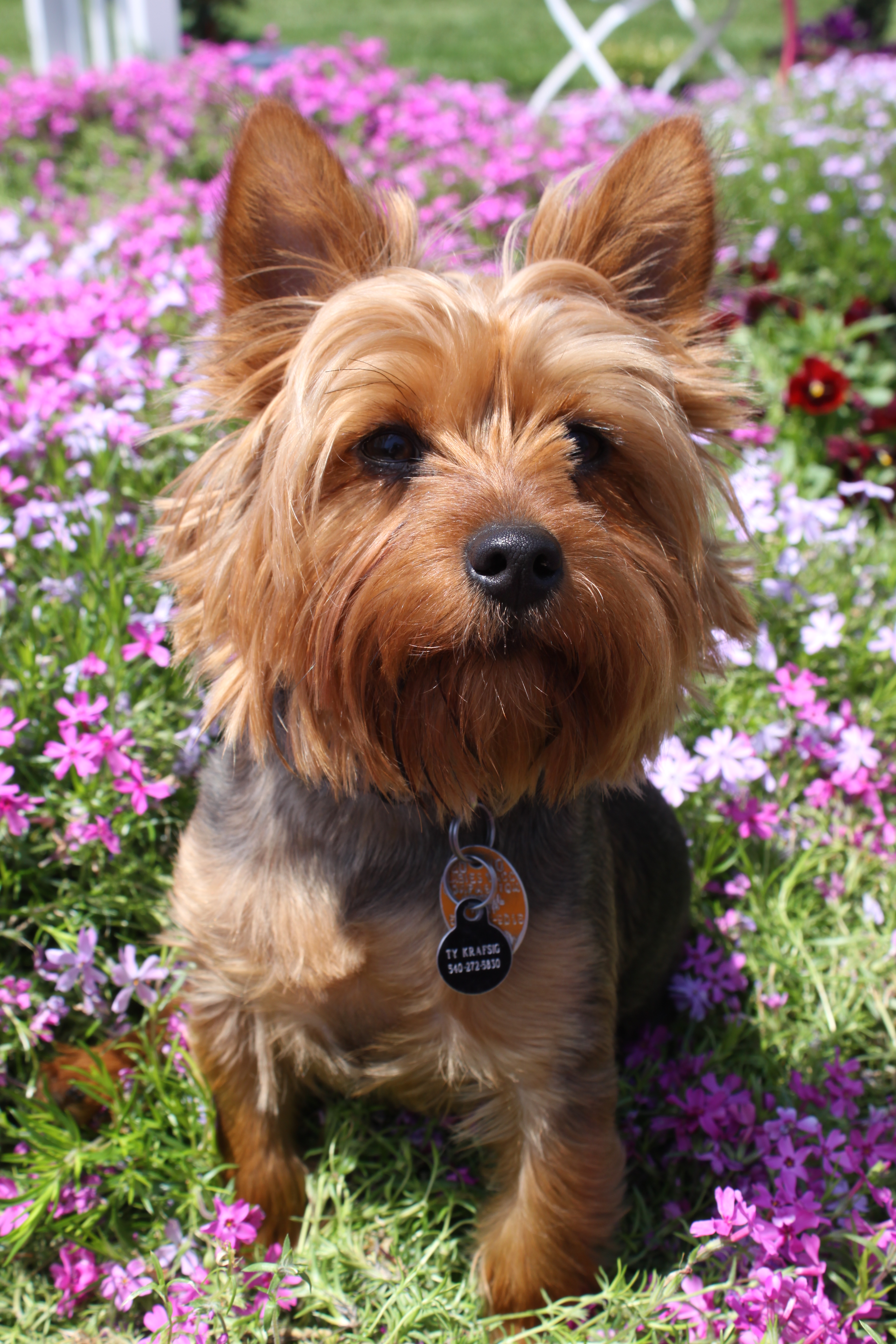Quick Spanish expression No.1: "¡Que tengas ...!"
 Let's have a quick look at the Spanish expression: Que tengas ... (May you have ...) It's a set phrase and it's used frequently in daily conversation.
Let's have a quick look at the Spanish expression: Que tengas ... (May you have ...) It's a set phrase and it's used frequently in daily conversation.
In English, when you say to someone: "Have a good day!" you're not ordering them to have a good day, you are expressing a wish: "I hope you have ...." or "May you have ..."
When you wish someone a good day, etc. in Spanish, you are saying something similar:
"¡Que tengas un buen día!" (familiar) and "¡Que tenga un buen día!" (formal) both mean "[May you] have a good day!"
The verb form that is used in such wishes that start with "Que tengas ..." is the subjunctive mood.
Look at the difference in the following Spanish expressions:
• Tienes un buen día. - You are having a good day. (a statement)
• ¡Que tengas un buen día! - Have a good day! (a wish)
Note: The combination "que+subjunctive" implies "may ..." or "I hope that ..."
A few other common wishes in Spanish:
• ¡Que tengas una buena estancia! - Have a good stay!
• ¡Que tengas suerte! - Good luck! (May you have luck!)
• ¡Que tengas buen viaje! - Have a good trip!
• ¡Que te mejores! - Get well soon! (May you get better!)
• ¡Que (te) vaya bien! - Good luck (to you)! / I hope it goes well (for you)!
• ¡Que aproveche! - Enjoy your meal! (Spain)
Getting the feel for the context in which the subjunctive is used (rather than learning a bunch of rules) is a good way to start learning this verb form. ¡Que te vaya bien!
